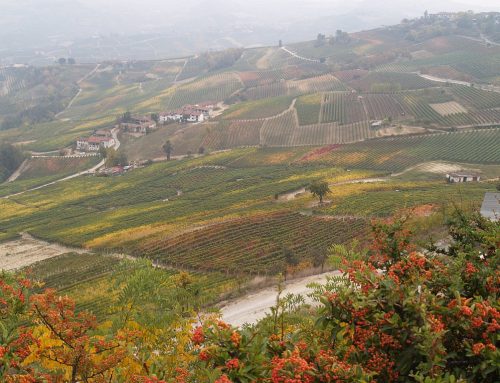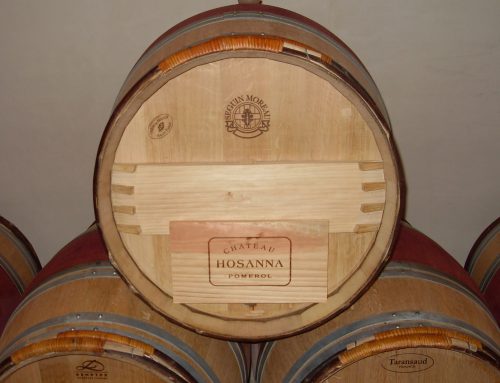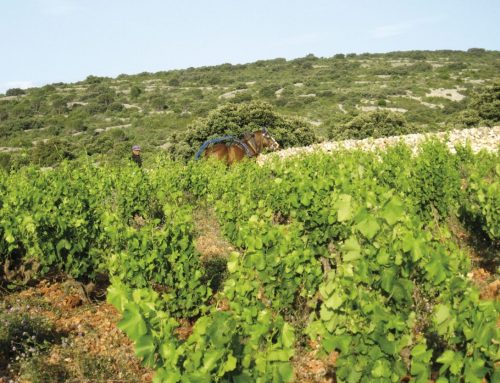In the middle of summer, wine should be light and refreshing, like the 2005Domaine de la Louvetrie Le Fief du Breil Muscadet.
If there is any wine that separates generations in this country, it has to be Muscadet. Americans older than 50 drank this light-bodied, high-acidity, citrus-tasting wine with shellfish and flounder decades before New Zealand ever sent a bottle of sauvignon blanc to these shores.
Conversely, those younger than 40 have rarely if ever chosen a bottle of Muscadet over the explosively citrus-flavored, intensely aromatic, fuller-bodied, bracingly tart New Zealand sauvignon blancs like Cloudy Bay, Craggy Range, Spy Valley, Matua Valley and many more.
One has only to look at restaurant wine lists to see the change. Muscadet has been reduced to an afterthought.
Muscadet is made in the western part of France’s Loire Valley, near the Atlantic Ocean, from the Melon de Bourgogne grape which, as its name implies, originated in Burgundy. Muscadet’s best wines come from the subzone Muscadet Sevre-et-Maine, which are the names of the two rivers that run through the appellation.
Last year, during a weeklong trip in the Loire, I met Jo Landron, winemaker and owner of Domaine de la Louvetrie. Through a bushy mustache that looks like it was modeled on a time before razor blades or scissors were invented, Landron explained that in 1999 he transformed his vineyards to organic viticulture, and in 2002, he certified them through a European organic organization. In 2008, his vineyards were certified biodynamic. Avoiding chemical fungicides and herbicides, fertilizing with compost and using natural yeasts on the grape skins to start the fermentation are some of Landron’s methods.
Landron makes different cuvees of Muscadet based on the soil composition of his vineyards. In May, I retasted the 2005 Le Fief du Breil; the initial tasting was at our spring 2008 meeting in the Loire. The vines for the 2005 Le Fief du Breil Muscadet are more than 35 years old and planted in chalk, silica and gneiss soils. After fermentation in traditional temperature-controlled, glass-lined cement vats, the wine is left to age on the lees (the spent yeast cells) for up to a year. This centuries-old winemaking technique of aging sur lie gives the otherwise bland Melon de Bourgogne grape additional complexity and body.
The 2005 Domaine de la Louvetrie Le Fief du Breil has a slight yellowish tint and aromas of sea salt and lime. Very tasty lime, green apple and mineral flavors are supported with mineral and crisp acidity. This is a wine that cuts through the humidity and heat of a summer day.
In order to enjoy the flavors of this wine and other Muscadets, it is important to drink it chilled but not ice-cold; to do otherwise will leave you with a glass of wine with high acidity and precious little fruit flavor. If you’re in a restaurant, tell the waiter not to put your Muscadet in an ice bucket.
The 2007 Domaine de la Louvetrie Le Fief du Breil retails for approximately $19 and is also available in magnums for about $40, a good size for summer parties.







Leave A Comment